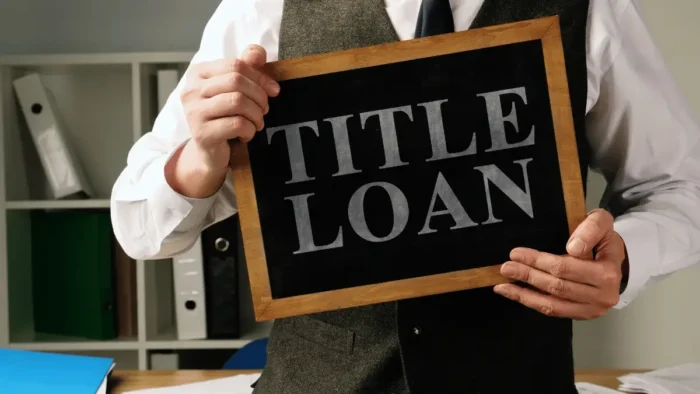Research and development credits are essential for a business that brings some form of innovation to a field. If a company is developing software, ideas, methods, etc., that streamline the workflow of an industry, then that business could qualify for R&D tax credits. This federal program rewards innovative companies for their work with compensation for their expenses.
You Only Need a Month of Payroll for R&D Credits
If your company has spent money on something that the IRS deems a “qualified research expense,” then you can apply with just a month of payroll. While it can be hard to determine what a qualified business expense is, many websites and companies offer help with this process.
Are Your Business Expenses Qualified?
The IRS is infamous for its rules, exceptions, and guidelines. Their reputation would typically make them out to be a group of legal thieves who set out to drown businesses in so much bureaucracy and paperwork that you can’t succeed.
Therefore, a business expense requirement to qualify for research and development isn’t much of a surprise. To determine whether your business expenses are qualified, the IRS has a four-part test. The four-part test is exceptionally technical and hard to understand, though, so here’s a simplified breakdown of each part of the test. For an expense to qualify for R&D tax credits, it must meet all four of the following criteria:
The Section 174 Test
This part of the test ensures that the research that your business is doing will genuinely be for the betterment of your field. The test covers two major things.
- The expense must be concerning the business/trade of the payer. This essentially ensures that you don’t apply to receive tax credits over the personal coffee that you get each morning.
- The expense must be to improve the quality or efficiency of an area in the business/trade. This means that the project should produce a formula, invention, or something else that makes your field of work into a more straightforward job. Whether the contribution is added safety measures or a way to streamline your work doesn’t matter, as long as it helps the business.
The Discovery Test
This part of the test is where the expense must somehow eliminate uncertainty in a field. Essentially, this test is to determine if the expense contributes to the knowledge of everyone in your business.
The Business Test
To pass this part of the test, your proposed expense must have contributed to a process, product, software, formula, etc., that you intend to profit on. As long as the expense is part of the capital that you used to make a profit, then it should pass this part of the test with no issues.
The Experiment Test
Depending on how well you recorded your process, this part of the test will likely be easiest to prove or hardest to prove in your proposal. In your proposal, you should include steps that you followed. For example, the scientific method would make a good outline for this part of the proposal.
How to File for R&D Credits
If you believe your expenses should qualify you to get R&D credit, you need to file with the IRS. This is done by filling out and submitting Form 7004 to the IRS before your taxes are due. It can be a long and confusing process, but it can be made simple and stress-free with the help of experts in the business.



